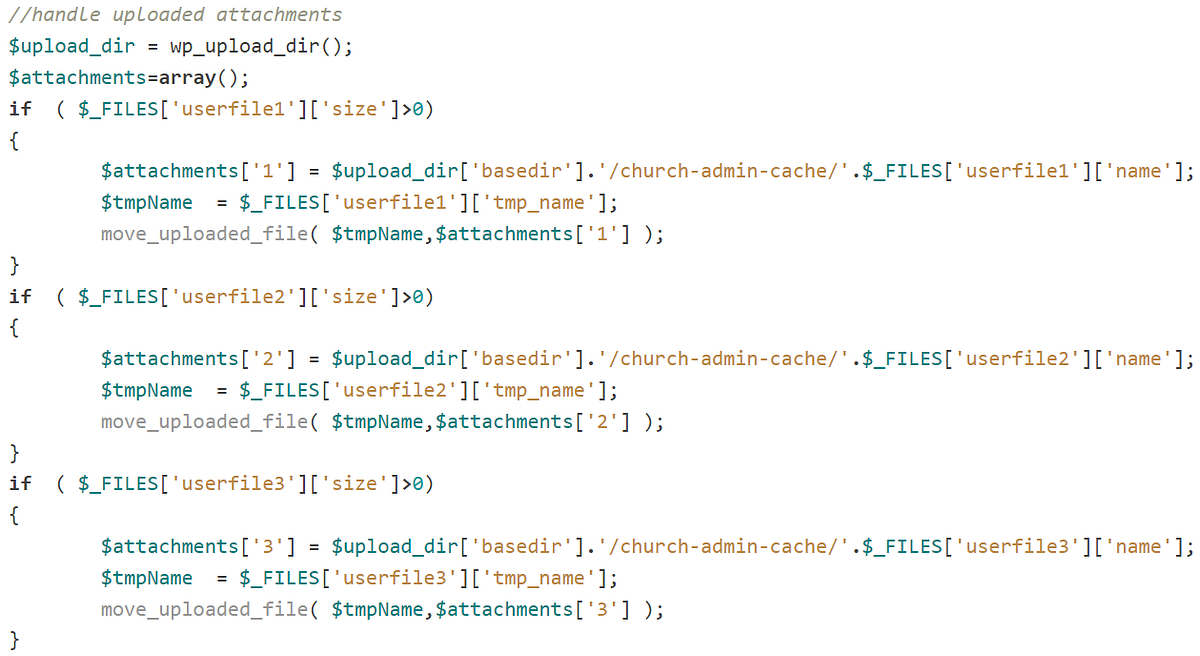BOOK THIS SPACE FOR AD
ARTICLE ADHey there! If you’re like me, constantly connected and relying heavily on your gadgets, the recent revelation of CVE-2023–45866 probably hit close to home. This Bluetooth vulnerability isn’t just a technical jargon; it’s a real risk to our digital lives. Let’s dive into what this means for you and me.
This vulnerability first caught my eye when Marc Newlin, a security guru, shed light on it. It’s like leaving your digital door unlocked, where attackers can sneak in through Bluetooth, bypassing the need for your permission to pair. Think about your Android phone, your iPad, or even your MacBook — they could all be at risk.
The Exploitation Process
Here’s an overview of the key stages:
Scanning for Vulnerable Devices: The attacker starts by scanning for devices with Bluetooth enabled. This step is crucial to identify potential targets that are susceptible to the vulnerability.Identifying Target Operating System: After locating Bluetooth-enabled devices, the attacker identifies the specific operating system and its version. This is important because the vulnerability impacts different operating systems in varying degrees, as highlighted in the list of affected versions.Exploiting the Unauthenticated Pairing Mechanism: The core of the exploit involves taking advantage of a flaw in the Bluetooth protocol. This flaw allows an attacker to bypass the usual authentication process required for pairing Bluetooth devices. Essentially, the attacker’s device pretends to be a legitimate Bluetooth device, like a keyboard, and establishes a connection with the target without the usual security checks.Injecting Keystrokes: Once the unauthenticated pairing is successful, the attacker’s device can send keystrokes to the target device. This step is where the real danger lies, as it allows the attacker to execute commands or input data as if they were physically typing on the target device.Command Execution and Control: With the ability to send keystrokes, the attacker can execute various commands on the victim’s device. This could range from benign actions to malicious ones like installing….png)
 3 months ago
45
3 months ago
45 














 Bengali (Bangladesh) ·
Bengali (Bangladesh) ·  English (United States) ·
English (United States) ·